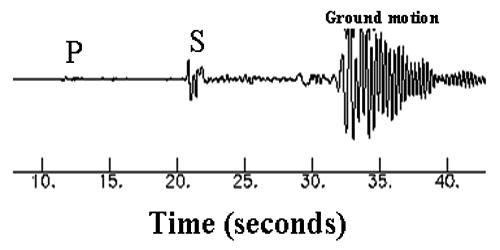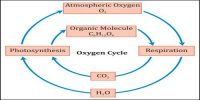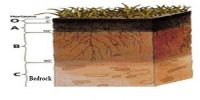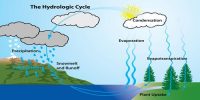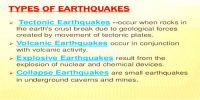Earthquake Waves
All usual earthquakes take place in the lithosphere. It is enough to note here that the lithosphere refers to the segment of depth up to 200 km from the surface of the earth. A tool called ‘seismograph’ records the waves accomplishment the surface. A curve of earthquake waves recorded on the seismograph is given in Figure. Note that the curve shows three separate sections each instead of dissimilar types of wave patterns. Earthquake waves are fundamentally of two types – body waves and surface waves. Body waves are generated due to the release of energy at the center and move in all directions travelling throughout the body of the earth.
Hence, the name body waves. The body waves cooperate with the surface rocks and produce new set of waves called surface waves. These waves move along the surface. The velocity of waves changes as they travel through materials with dissimilar densities. The denser the material, the superior is the velocity. Their way also changes as they reflect or refract when coming across materials with diverse densities.
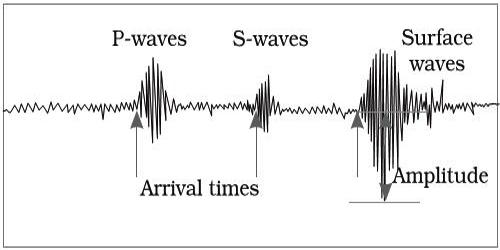
There are two types of body waves. They are called P and S-waves. P-waves move faster and are the first to appear at the surface. These are also called prime waves’. The P-waves are parallel to sound waves. They travel through gaseous, liquid and solid materials. S-waves arrive at the surface with some time lag. These are called secondary waves. Significant information about S-waves is that they can travel only throughout solid materials. This characteristic of the S-waves is relatively vital. It has helped scientists to understand the formation of the interior of the earth. Reflection causes waves to return whereas refraction makes waves move in dissimilar directions. The variations in the direction of waves are inferred with the help of their record on seismograph. The surface waves are the last to report on seismograph. These waves are further destructive. They cause disarticulation of rocks, and hence, the fall down of structures occurs.
